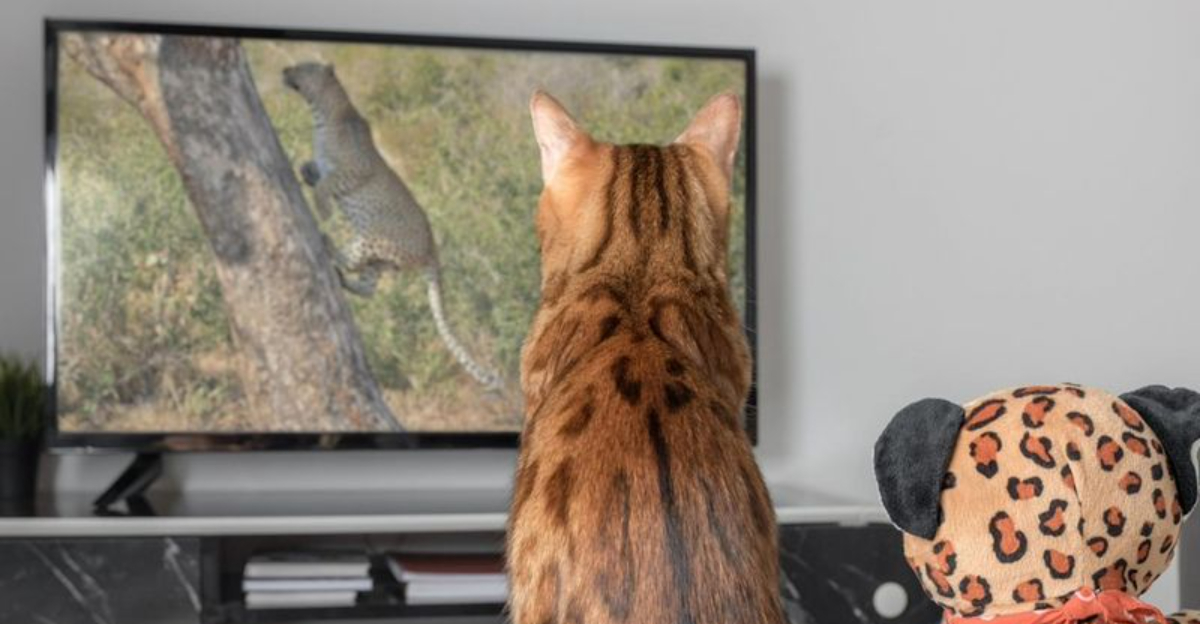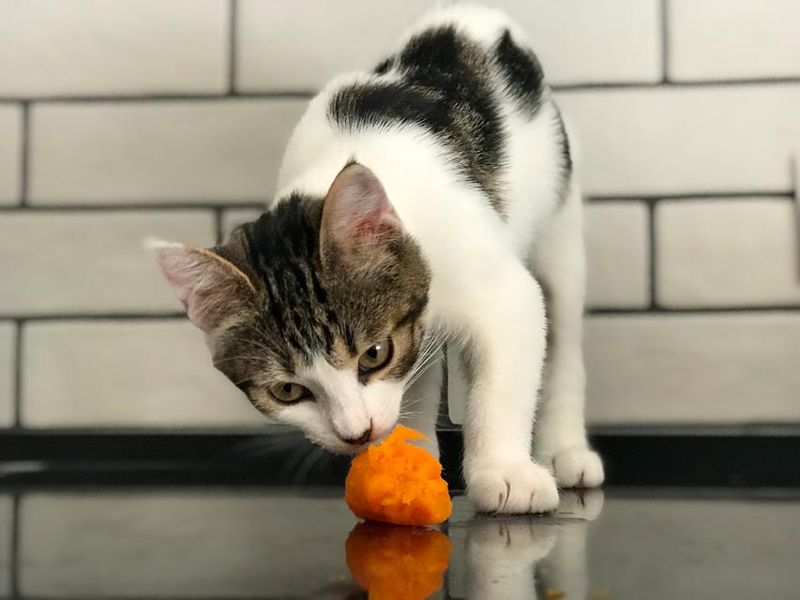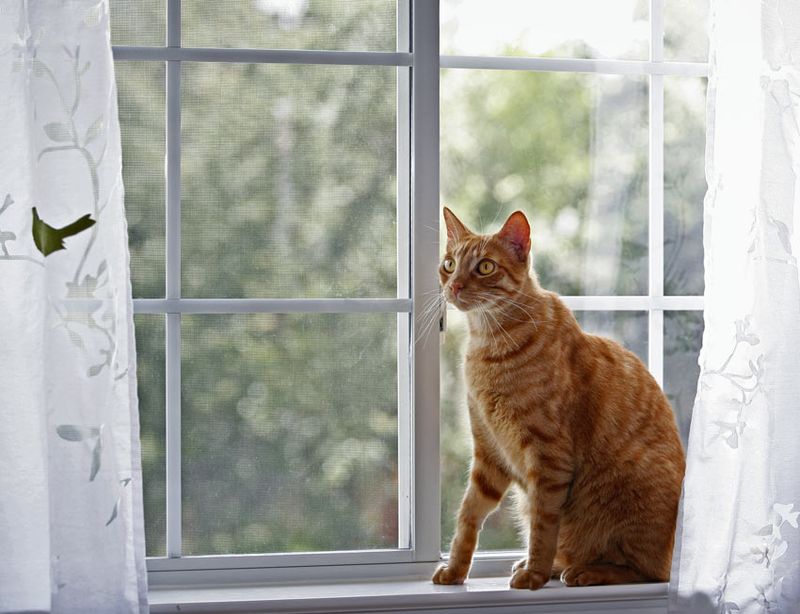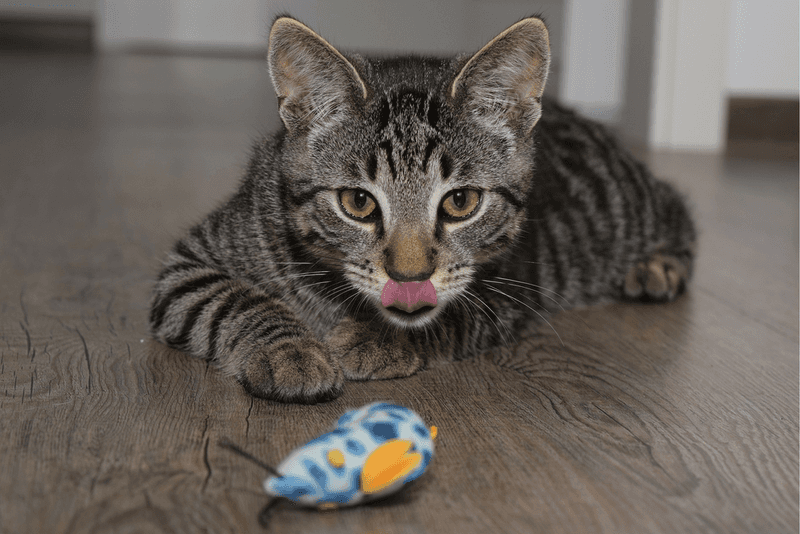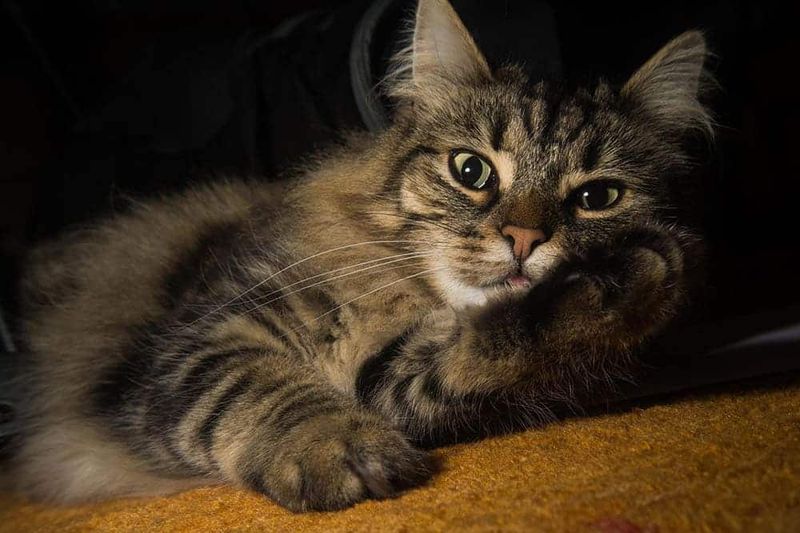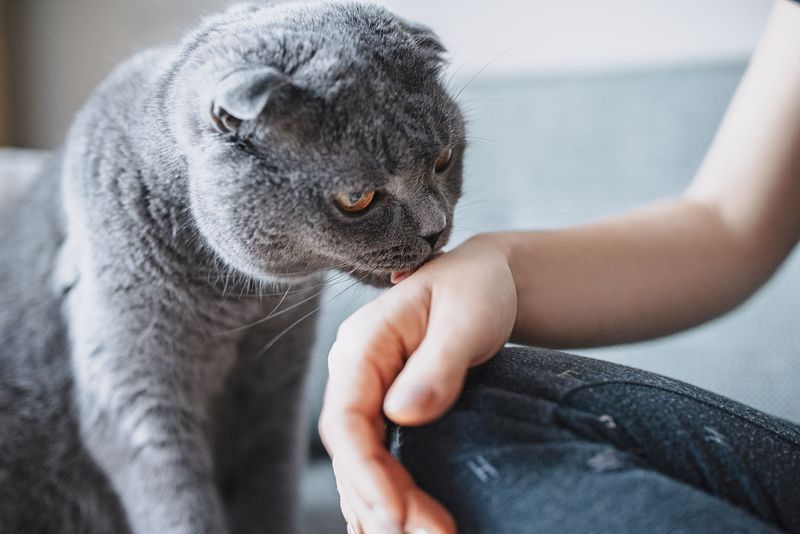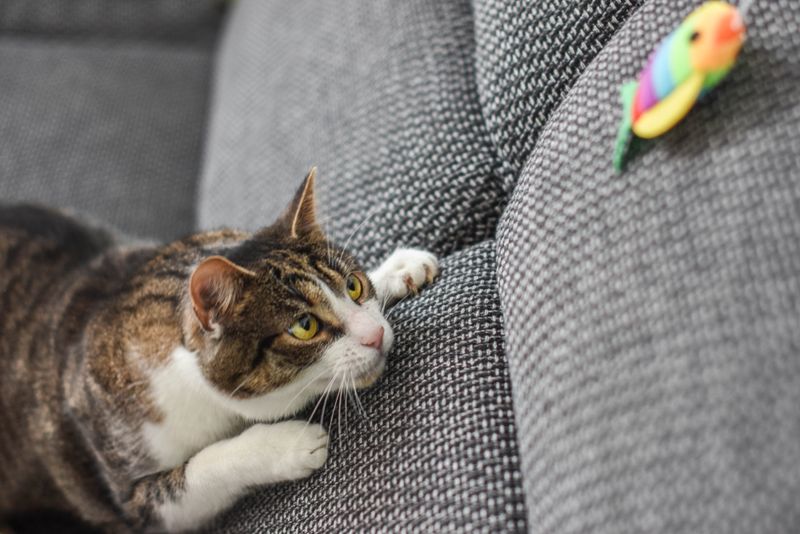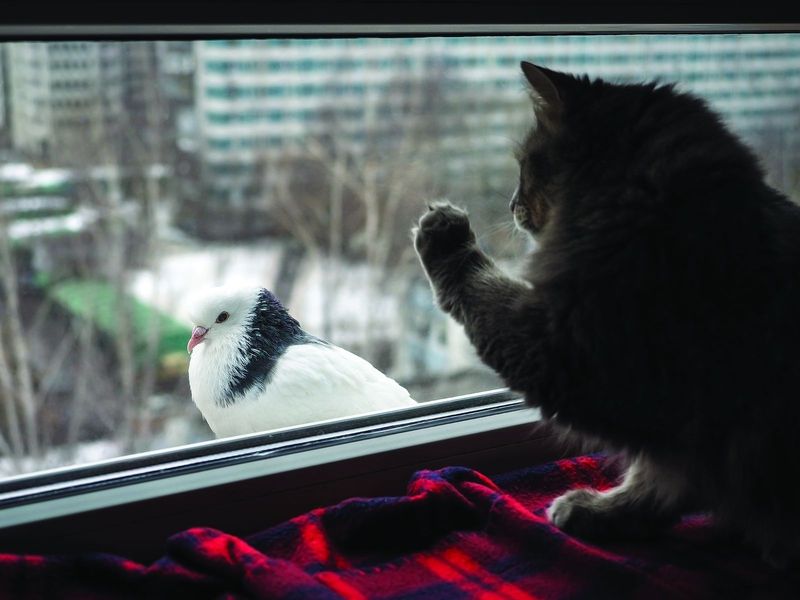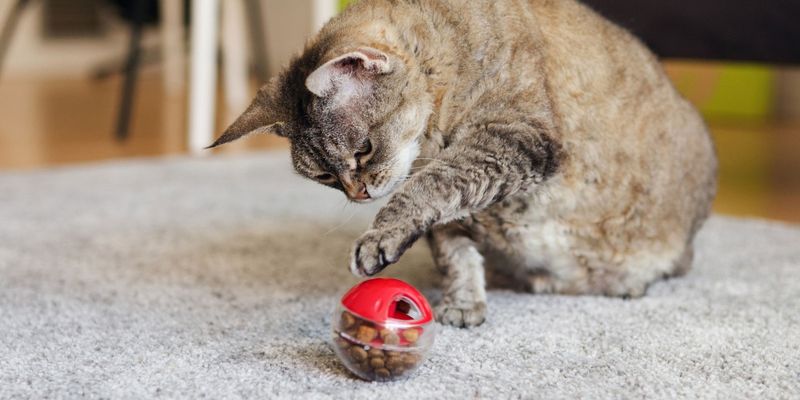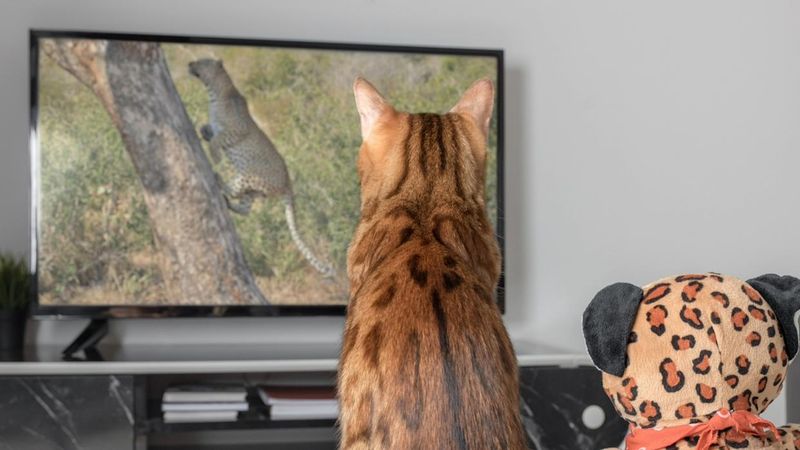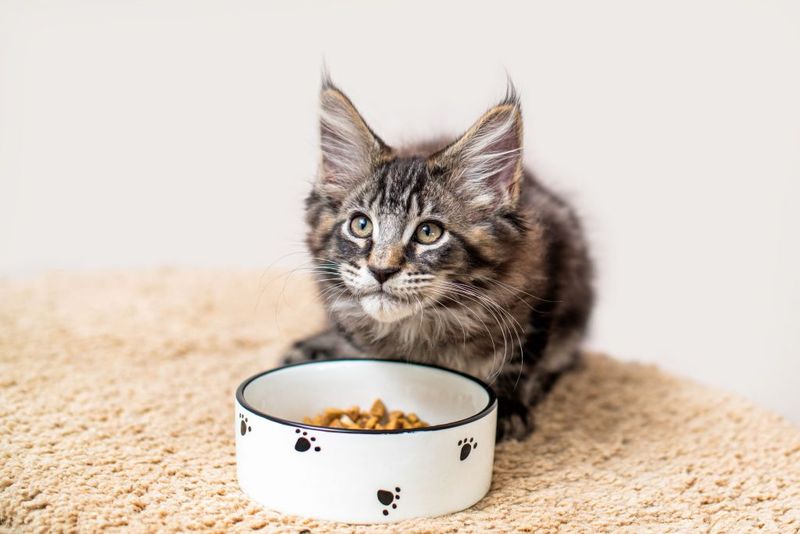📖 Table of Content:
Cats may seem like low-maintenance pets, but beneath their independent exteriors lie intelligent, curious, and emotionally complex creatures. They crave mental and physical stimulation, even if they don’t always ask for it with tail wags or excited barking like their canine counterparts. If you’re not paying attention to your cat’s boredom cues, you might be missing key signs that their happiness—and even their health—is taking a silent hit.
Unlike dogs, cats often show their dissatisfaction in subtle, easily overlooked ways: excessive sleeping, lack of appetite, over-grooming, or suddenly ignoring their favorite toys. These behaviors aren’t just quirks—they’re your cat’s way of waving a red flag. A bored cat isn’t just unhappy; they’re at risk for anxiety, depression, and destructive habits that can create long-term problems for both of you.
This article explores five unexpected but all-too-common mistakes that can make your feline feel forgotten, followed by five clever, simple tricks that can light up their world again. These aren’t just pet care tips—they’re powerful ways to deepen your bond and enrich your cat’s everyday life. Whether you’re a seasoned cat parent or a first-time adopter, knowing what bores and what excites your furry companion is essential to being their favorite human. Let’s start with what might be draining your cat’s joy—right under your nose.
1. Same Toys, Every Day
Stagnation is the fastest way to turn any toy into background noise. Even the most exciting toy mouse will become invisible after weeks of daily use. Your cat’s sharp mind needs variety—imagine being handed the same crossword puzzle for a month. When toys don’t change, your cat stops associating them with fun or surprise. You might notice them giving a half-hearted bat or ignoring the toy altogether. This isn’t laziness—it’s boredom that’s quietly creeping in. Keeping the toy box fresh is not just a luxury, it’s a necessity.
2. Closed Windows with No Views
Imagine spending your whole day in a room with blank walls and no clock—no sense of what’s happening outside. That’s what a cat experiences when windows are closed, covered, or offer no stimulating view. They adore watching birds, rustling leaves, and passing people—it’s their version of cinema. Without access to this “live feed,” they can become listless and disengaged. Even a small window can provide big mental rewards. Think of it as environmental enrichment without spending a dime. Don’t let your cat miss out on the natural world just outside the glass.
3. No Hunting Opportunities
Predatory instincts run deep, even in the most pampered house cats. Denying them the chance to stalk, chase, and pounce is like asking a musician never to play. Interactive play mimicking prey movement is crucial to satisfying this inner drive. Cats need to feel like agile hunters, not furniture-bound observers. Without these experiences, their confidence, health, and interest in play may decline. Toys on strings, lasers, or even homemade cardboard games can awaken their wild side. It’s not about survival—it’s about joy.
4. Silent, Lifeless Environment
A house that’s always too quiet can become eerie and dull for a curious cat. While they don’t need constant noise, a complete sensory void can be unsettling. Subtle sounds—birds, water, rustling leaves, or soft music—keep their brains gently engaged. Silence can feel like isolation, especially when you’re away for hours. Ambient sounds give your cat the comfort of feeling surrounded by life. Just as we enjoy white noise or background chatter, cats benefit from an auditory landscape. Don’t underestimate how much life a little sound can add to their day.
5. Over-Attentive or Under-Attentive Humans
Too much of a good thing—or too little—can quickly turn into a problem. Cats thrive on balance: they want affection on their terms, not constant cuddling or complete neglect. Being overbearing can make them retreat; being absent can make them act out. Learn to read their cues: a flicking tail, a quiet meow, or a slow blink can speak volumes. When your timing is off, they lose interest in interacting altogether. Letting them initiate contact builds trust and interest. Respecting their rhythm is the key to keeping the relationship dynamic and engaging.
6. Toy Rotation Strategy
Surprise is a powerful stimulant for a cat’s curious mind. Rotating toys every few days introduces novelty without needing constant purchases. Simply store half the toys out of sight, then swap them out weekly to make old toys feel new. This reactivation sparks their hunting and exploration instincts. Even familiar toys regain their charm after a short absence. You’ll notice increased playfulness and attention when the “new batch” comes out. The effect is like a mini treasure hunt in their own home.
7. Bird TV (Window Perch + Feeder Combo)
Setting up a bird feeder outside a window is like installing a high-definition TV for your cat. Add a soft perch or cushioned seat so they can comfortably watch the world unfold. Birds fluttering in and out, squirrels scurrying, and wind dancing in trees—all of it becomes riveting entertainment. This passive activity satisfies their curiosity while keeping them mentally sharp. Cats can spend hours observing without ever growing tired. It’s enriching, calming, and incredibly easy to implement. For indoor cats, this setup is pure magic.
8. Food Puzzle Toys
Turning meals into a challenge can keep your cat sharp and satisfied. Puzzle feeders or treat-dispensing toys engage their minds and mimic natural foraging behavior. Instead of mindless eating, they get the thrill of “catching” their food. This builds confidence and reduces overeating from boredom. You can buy commercial puzzles or make DIY versions using toilet paper rolls or muffin tins. The key is to create a challenge that feels rewarding, not frustrating. Watch how focused and determined they become when their brain is fully in the game.
9. Cat TV or Nature Sounds
Streaming cat-focused videos or playing soft nature sounds adds dimension to your home’s atmosphere. Flickering fish tanks, fluttering butterflies, or rustling forests can grab their attention like nothing else. Even if they’re just lounging, they’re soaking in new stimuli. This is particularly helpful for solo cats or those left home alone during the day. The added stimulation helps ease loneliness and prevent sensory dullness. You don’t need a screen in every room—just one dedicated space can make a difference. Keep it fresh with rotating playlists or channels.
10. DIY Hide-and-Seek
Creating a daily “hunt” can transform your cat’s environment into an adventure zone. Hide small treats, toys, or bits of kibble in different places every morning. Your cat will begin to associate these searches with joy, excitement, and discovery. This routine engages both their nose and their brain, replicating foraging behavior. Start simple, then increase difficulty to keep it stimulating. Over time, they’ll explore more often and become more independent. It’s a low-effort, high-reward game that brings big enrichment benefits.
